The latest issue of Wiener Studien contains Christoph Schwameis, ‘Noster Scipiades’ (pp. 185-214). It studies the panegyrics of Claudian, Sidonius and Gorippus as examples of the late antique reception of Silius’ Punica.
Find the article here.
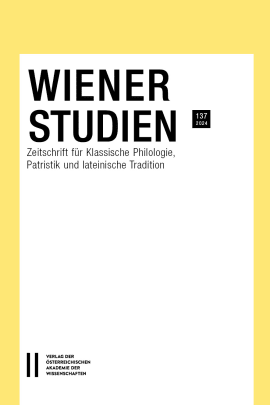
The latest issue of Wiener Studien contains Christoph Schwameis, ‘Noster Scipiades’ (pp. 185-214). It studies the panegyrics of Claudian, Sidonius and Gorippus as examples of the late antique reception of Silius’ Punica.
Find the article here.
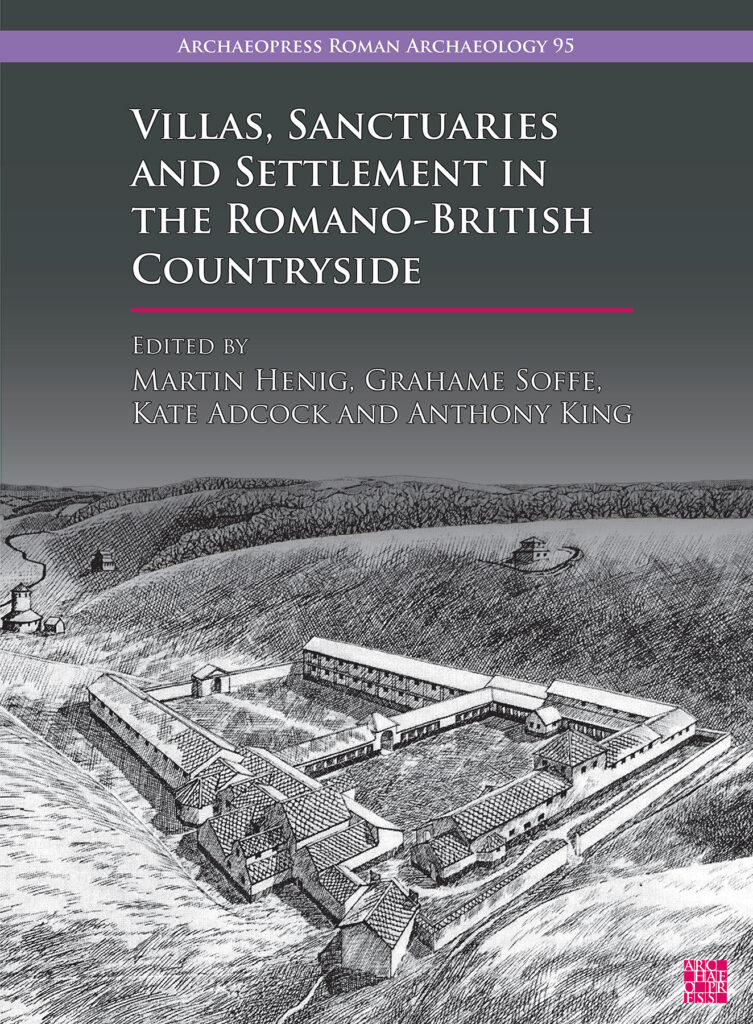
John Collis kindly makes available his 2023 article ‘Where Did Sidonius Apollinaris Live?’ Download it here.
It was announced on this website some time ago and appeared in March 2023. It can now be downloaded from this website.
John Collis is Emeritus Professor of Archaeology at the University of Sheffield. He has carried out excavations in the Auvergne around Clermont-Ferrand and Gergovia, among other regions. In this article, he makes a case for the continuity of late Roman churches and burial sites to the early modern period on the basis of two new digs of churches in the Auvergne. This would heighten the probability of modern Aydat and its church as the site of Sidonius’ and Papianilla’s Avitacum, no doubt provided with a chapel and a graveyard. Any comments are welcome: j.r.collis AT sheffield.ac.uk
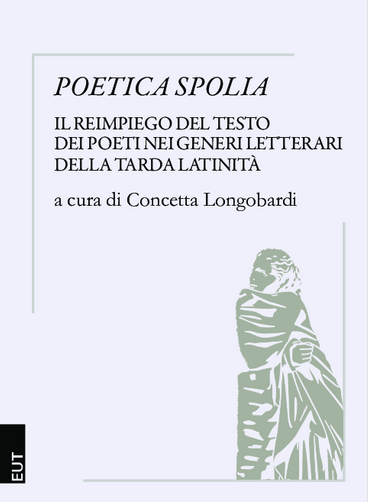
In an extensive article, Luca Mondin makes an inventory of traces of Martial in Christian poets: ‘Un classico inaspettato? Marziale nella poesia cristiana’, in: Concetta Longobardi (ed.), Poetica spolia. Il reimpiego del testo dei poeti nei generi letterari della Tarda Latinità, Trieste: EUT, 2024, 109-220.
Available here in Academia. The list includes Sidon. Carm. 16.128; 17 (in particular vv. 5-6 and 8); 27.22-7 (in Ep. 2.10.4); 28.11 (in 3.12.5); 30.1 and 22 (in 4.11.6); and 31.2 (in 4.18.5).
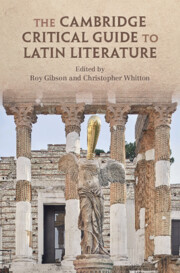
New out Roy Gibson and Christopher Whitton (eds), The Cambridge Critical Guide to Latin Literature, CUP 2024.
Sidonius specifically figures in Gavin Kelly’s chapter on Periodisations (pp. 97-157)
“The Cambridge Critical Guide to Latin Literature offers a critical overview of work on Latin literature. Where are we? How did we get here? Where to next? Fifteen commissioned chapters, along with an extensive introduction and Mary Beard’s postscript, approach these questions from a range of angles. They aim not to codify the field, but to give snapshots of the discipline from different perspectives, and to offer provocations for future development. The Critical Guide aims to stimulate reflection on how we engage with Latin literature. Texts, tools and territories are the three areas of focus. The Guide situates the study of classical Latin literature within its global context from late antiquity to Neo-Latin, moving away from an exclusive focus on the pre-200 CE corpus. It recalibrates links with adjoining disciplines (history, philosophy, material culture, linguistics, political thought, Greek), and takes a fresh look at key tools (editing, reception, intertextuality, theory).”
.
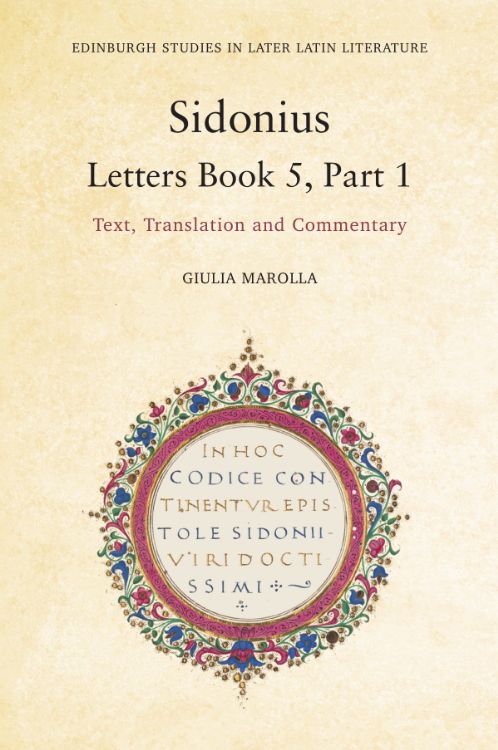
In Historische Zeitschrift 319(2), Veronika Egetenmeyr just published a review of Giulia Marolla, Sidonius. Letters Book 5, Part 1. Text, Translation, and Commentary, Edinburgh 2023.
‘Giulia Marolla hat mit ihrer Arbeit <...> einen bedeutenden Beitrag zur Sidoniusforschung geleistet. Besonders der Kommentar besticht durch eine exzellente Recherche sowie eine übersichtliche Gestaltung.’
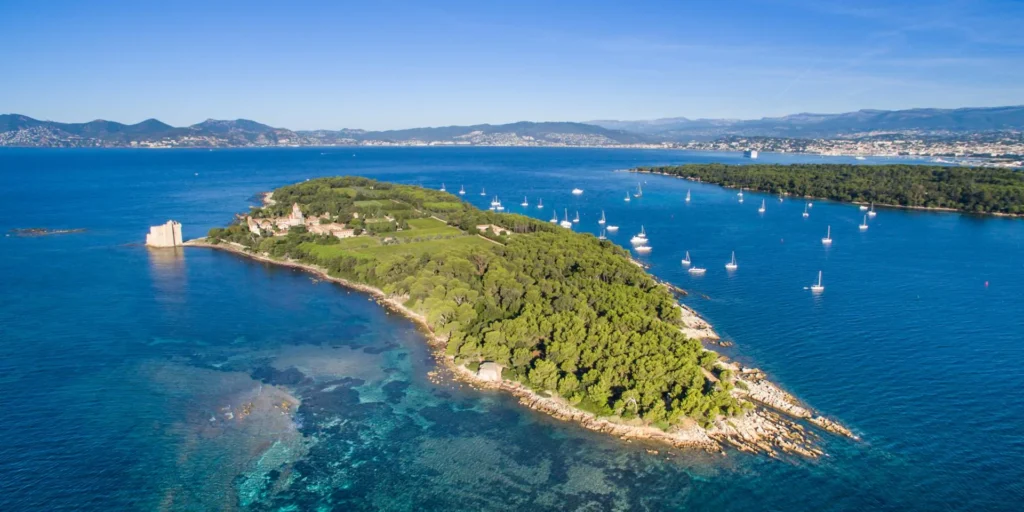
Laurent Ripart, ‘The bipolar organisation of early Lerinian monasticism’, at the Ewa Wipszycka Warsaw Late Antique Seminar, 3 October.
Giulia Marolla, ‘”Artigli di sfinge” e “spire di serpente”. Due casi di vituperatio nell’epistolario di Sidonio Apollinare’, at the Giornate di studi Pisa, 17-18 October.
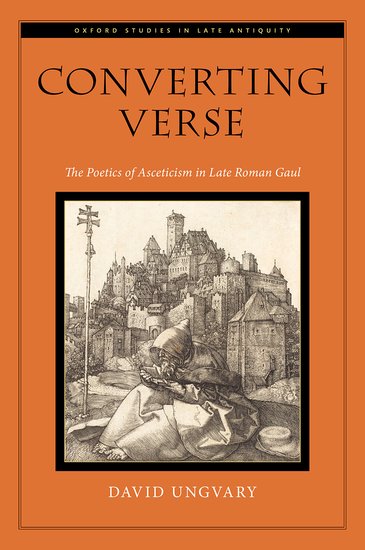
David Ungvary wrote Converting Verse: The Poetics of Asceticism in Late Roman Gaul, Oxford Studies in Late Antiquity, Oxford: OUP, 2024.
See item in catalogue here
Has a chapter on Sidonius: ‘Announcing Renunciation: Sidonius Apollinaris and Poetic Disavowal’. The blurb reads:
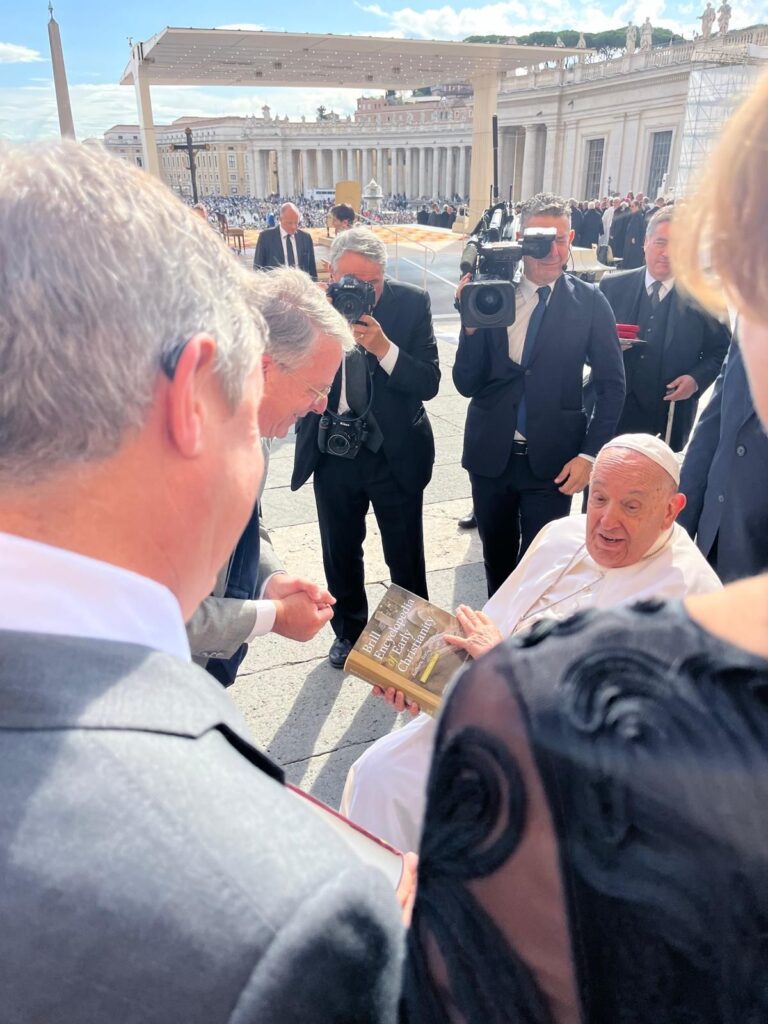
Yesterday, 18 September 2024, the editorial board of Brill Encyclopedia of Early Christianity presented the new print edition to the Pope. The work consists of six volumes and is also available online.
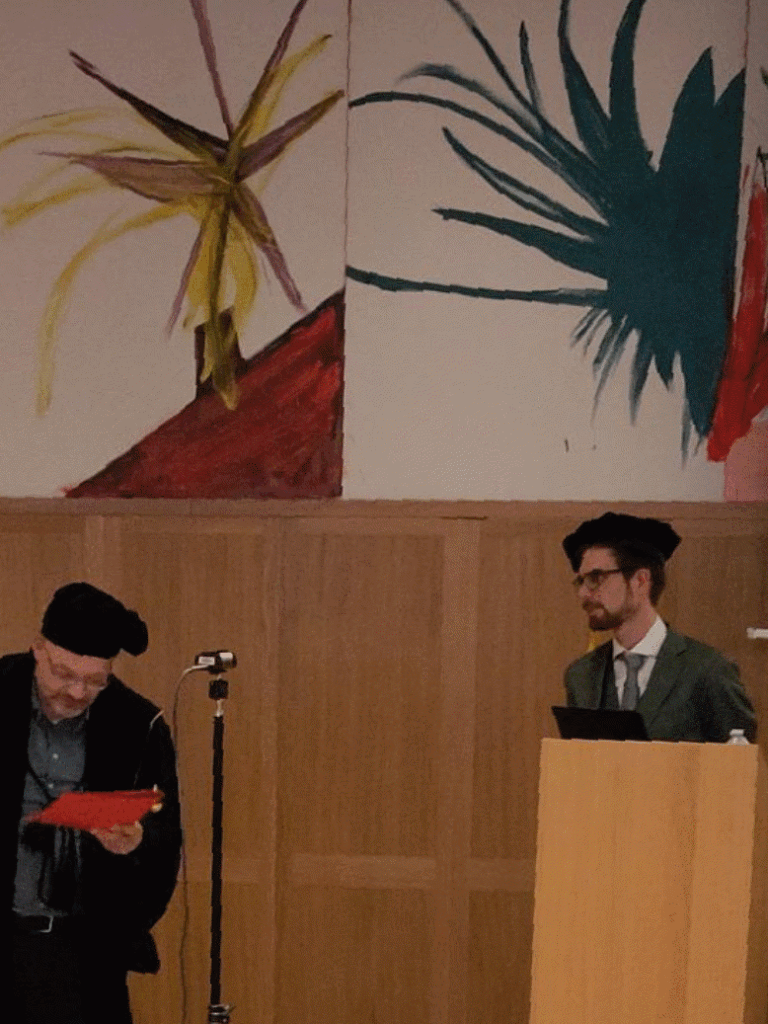
On Monday 9 September, Matthijs Zoeter received his Doctorate in History in Ghent with a thesis titled ‘Beyond the Letter: (Self-)Presentation of Basil of Caesarea in his Letters, Letter Collection, and Manuscripts’ (supervisor Prof. Lieve Van Hoof, co-supervisor Dr Jeroen Wijnendaele).
Matthijs graduated in Nijmegen in 2019 with a thesis on the letters of Sidonius Apollinaris. His CV is here.
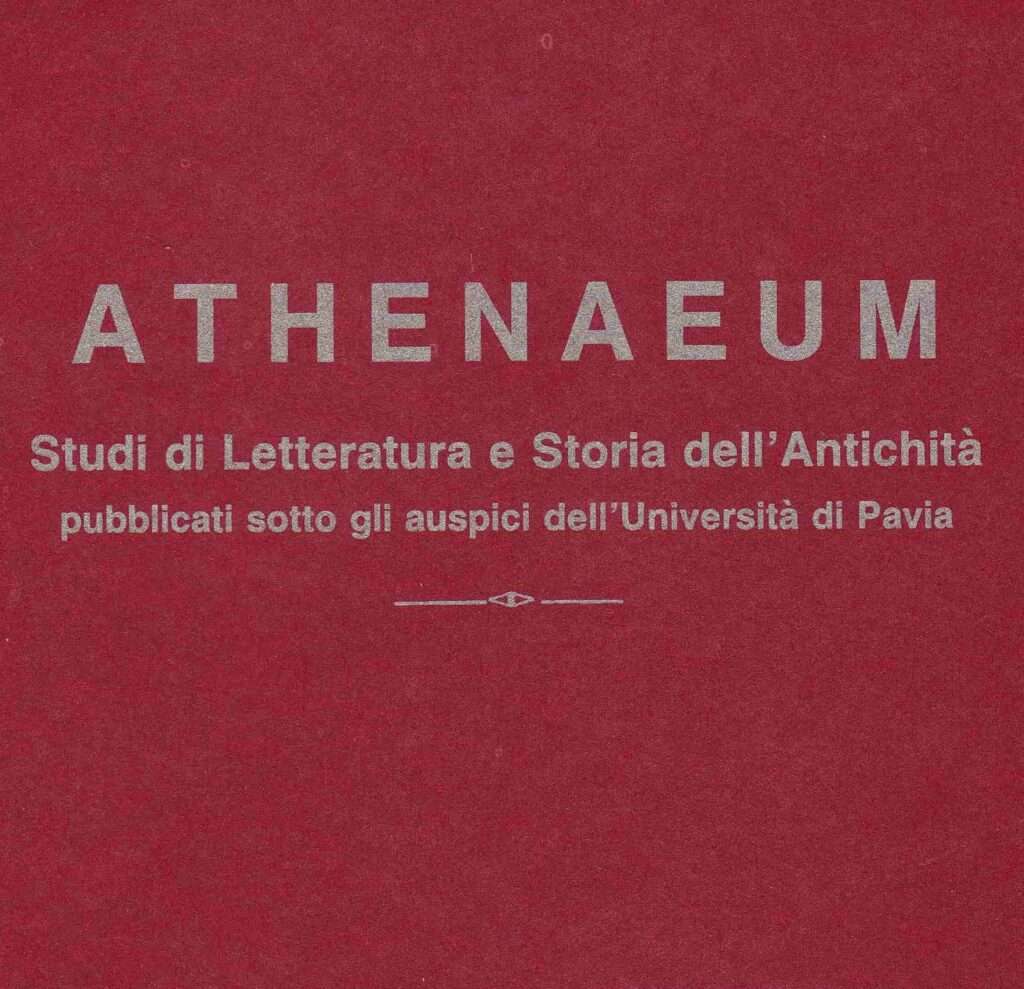
In the latest issue of Athenaeum (112/1, June 2024), there are reviews of F. Oppedisano (ed.), Procopio Antemio, imperatore di Roma, Bari 2020 (by A. Sassoli), and of F. Giannotti, Scrinia Arverna, Pisa 2021 (by S. Condorelli).